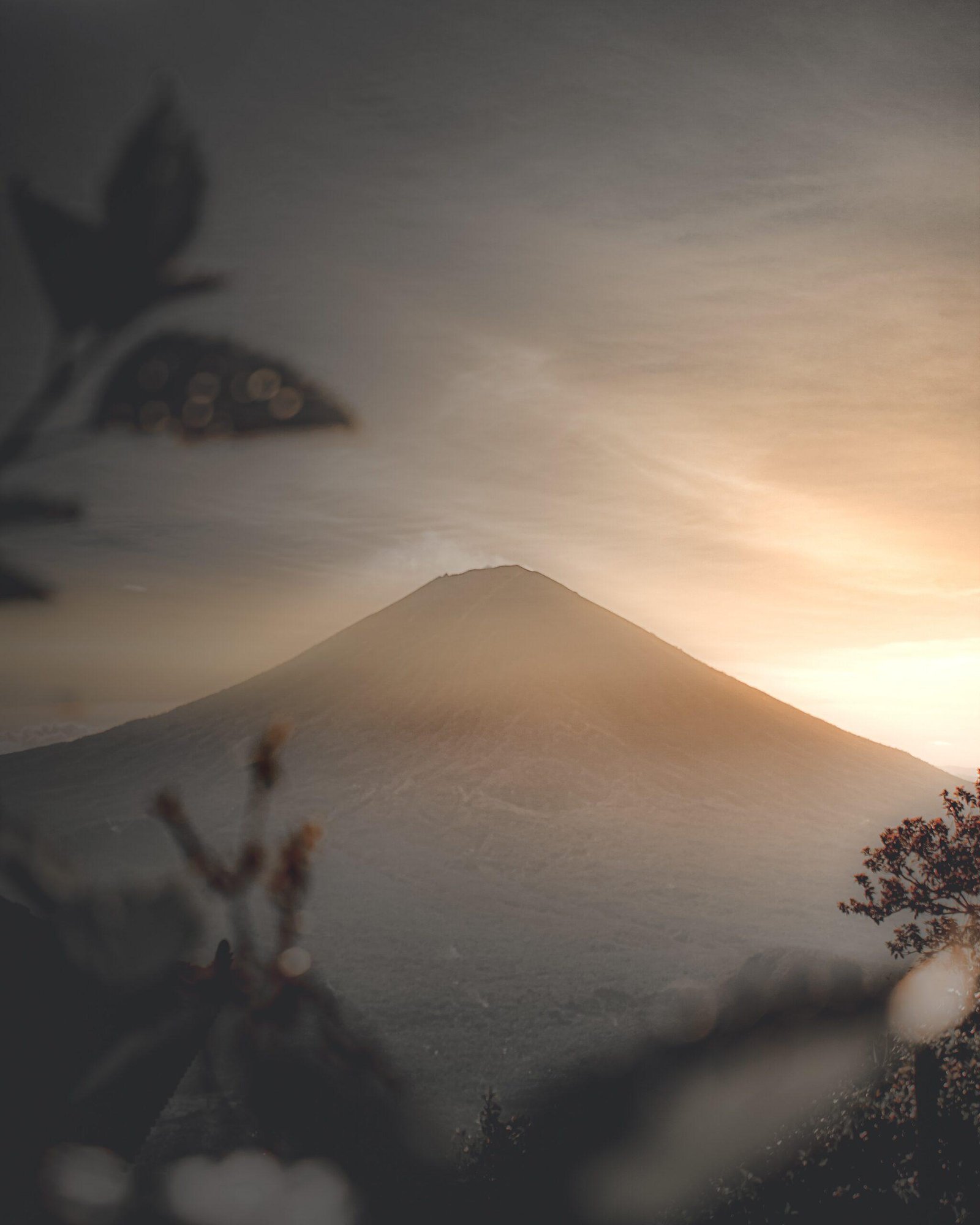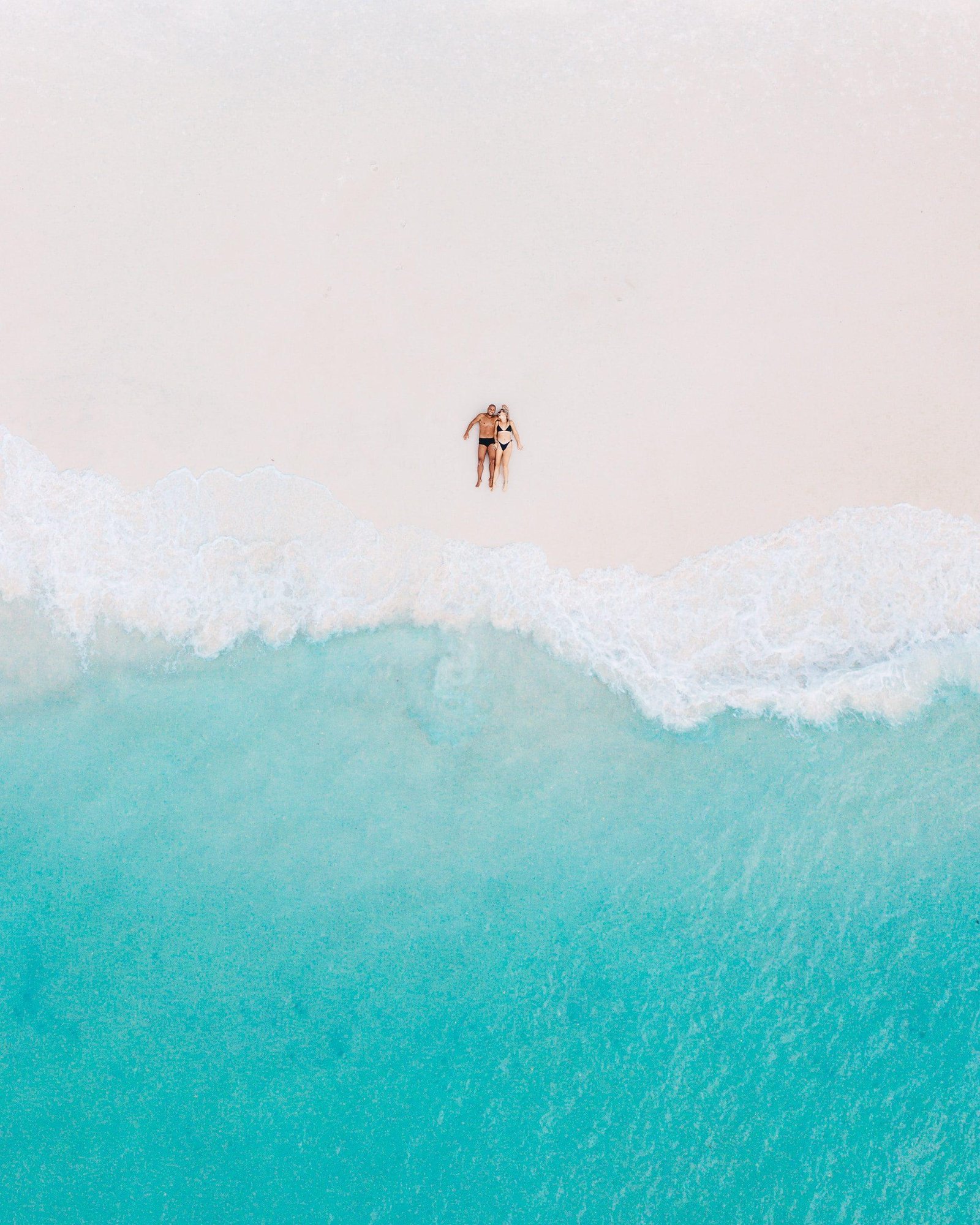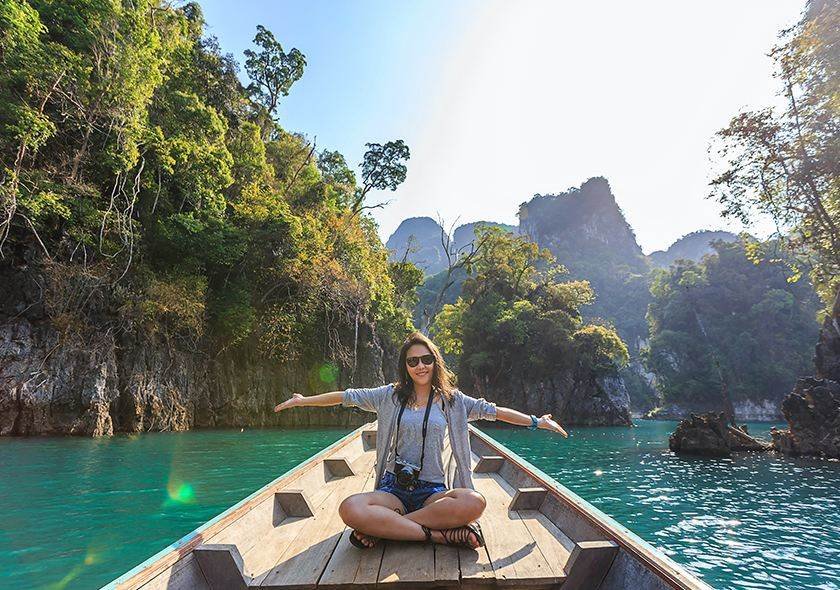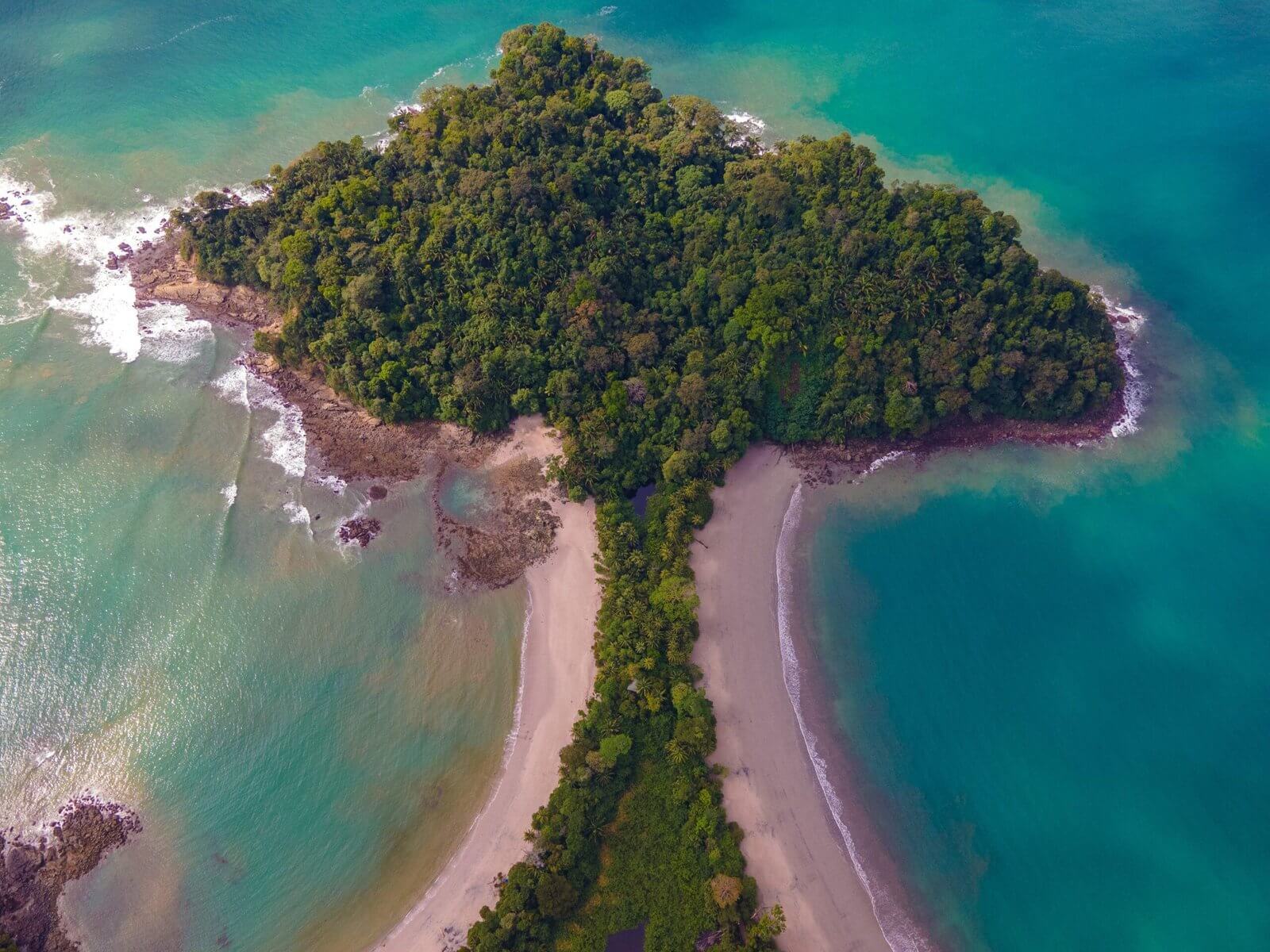Santa Teresa
About
Cabo Blanco Nature ReserveLocated on the southern tip of the Nicoya Peninsula in Costa Rica, Cabo Blanco Nature Reserve stands as a beacon of biodiversity and natural beauty. Established in 1963 as the country’s first protected area, Cabo Blanco encompasses lush rainforests, pristine beaches, and diverse marine habitats, offering visitors a glimpse into the unspoiled wilderness of Costa Rica’s Pacific coast.
Key Points to Consider:
Ecological Diversity:
Cabo Blanco Nature Reserve boasts a rich tapestry of ecosystems, including tropical rainforests, coastal mangroves, and marine environments. Visitors can explore dense primary and secondary forests teeming with wildlife, from howler monkeys and white-faced capuchins to anteaters and coatis. The reserve is also home to over 150 bird species, making it a paradise for birdwatchers and nature enthusiasts.
Hiking Trails:
The reserve features a network of well-maintained hiking trails that wind through the rainforest and along the coastline, offering breathtaking views and opportunities for wildlife encounters. The Sendero Principal (Main Trail) leads visitors on a scenic journey through the heart of the reserve, passing by towering trees, cascading waterfalls, and hidden lagoons. Other trails offer access to secluded beaches, tide pools, and panoramic viewpoints, providing visitors with a variety of hiking experiences to suit every preference.
Marine Conservation:
Cabo Blanco Nature Reserve extends into the surrounding ocean, encompassing vibrant coral reefs, rocky outcrops, and pristine coastal waters. The reserve’s marine habitats support a diverse array of marine life, including colorful fish, sea turtles, dolphins, and even occasional sightings of humpback whales. Snorkeling and diving opportunities abound, allowing visitors to explore the underwater world and witness the beauty of Costa Rica’s Pacific coast.
Historical Significance:
In addition to its natural wonders, Cabo Blanco holds historical significance as the site of Costa Rica’s first protected area. The reserve was established through the efforts of Swedish environmentalist Nicolas Wessberg and his wife Karen Mogensen, who worked tirelessly to conserve the area’s pristine wilderness and prevent its conversion to agricultural land. Today, Cabo Blanco serves as a living testament to their conservation legacy and the importance of preserving Costa Rica’s natural heritage for future generations.
Visitor Facilities:
Cabo Blanco Nature Reserve offers basic visitor facilities, including parking areas, restrooms, and picnic areas equipped with tables and benches. Guided tours led by knowledgeable naturalist guides are available for those seeking a deeper understanding of the reserve’s ecology and conservation efforts. Visitors are encouraged to practice responsible tourism by following park regulations, staying on designated trails, and respecting wildlife and habitats.
A visit to Cabo Blanco Nature Reserve offers a rare opportunity to experience the unspoiled beauty and ecological richness of Costa Rica’s Pacific coast. Whether you’re hiking through ancient rainforests, snorkeling in pristine waters, or simply soaking in the serenity of nature, the reserve provides a sanctuary for wildlife and a source of inspiration for conservation efforts worldwide. So, whether you’re a nature lover, an adventure seeker, or simply curious to explore, Cabo Blanco invites you to embark on a journey of discovery and immerse yourself in the wonders of the natural world.







